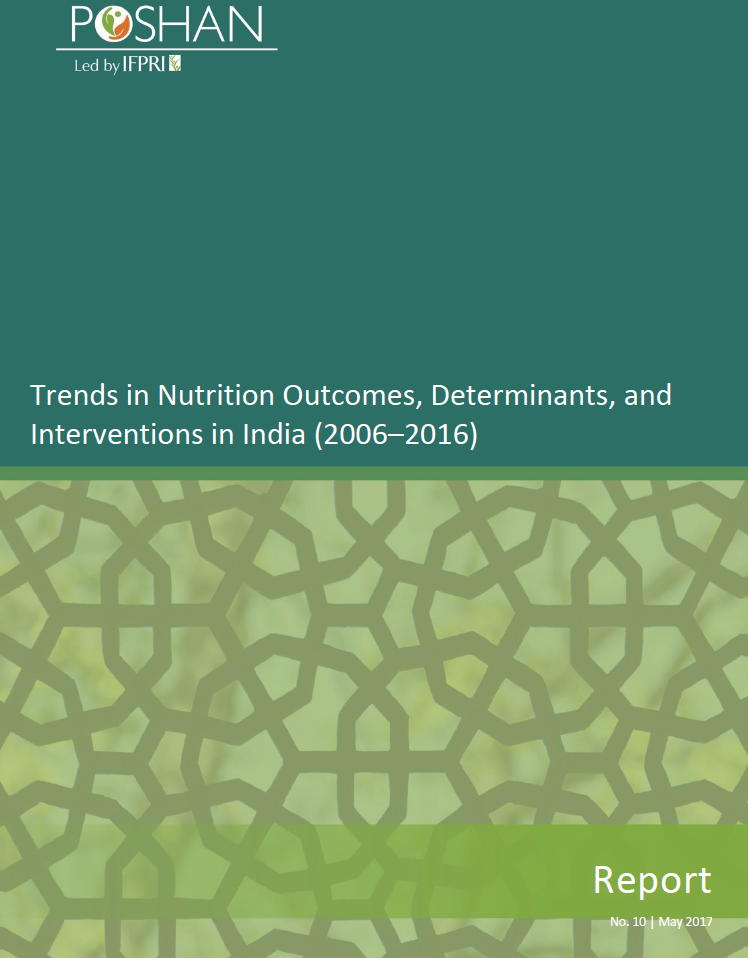Nutrition is central to the Sustainable Development Goals (SDGs) of the 2030 Agenda, and at least 12 of the 17 SDGs include indicators relevant for nutrition. In addition, the World Health Assembly unanimously endorsed 6 ambitious maternal, infant, and young child nutrition targets and several noncommunicable disease-related targets to be achieved by 2025. These global targets are intended to set the course for country-specific nutrition-focused policies and programmatic actions to address malnutrition and set a better course for human and economic development for all.
India contributes a third of the global burden of undernutrition and has an emerging burden of noncommunicable diseases. Given India’s population size, investing in actions to reduce all forms of malnutrition is especially important, not just for India itself, but also to support the attainment of global targets.
Data-driven analyses are invaluable in helping to identify actions for accelerating progress toward a malnutrition-free India. Assessing India’s progress on nutrition and its determinants has been challenged by limited data availability because the last National Family Health Survey-3 (NFHS-3) was completed in 2006. However, in 2017, after a long hiatus, new summary data from the National Family Health Survey-4 (NFHS-4) are now available to support a data-driven analysis of India’s progress, of lingering challenges, and of factors that need to be addressed to accelerate progress. This is, therefore, an opportune time to examine India’s status and progress on the global nutrition targets, on the determinants of nutrition outcomes, and on the scale and reach of interventions that have been put in place in India over the last decade.
This report aims to provide a general overview of national trends and of state-level variability in nutrition outcomes, determinants, and intervention coverage, thus helping to identify areas of progress and areas where more investment is critical to accelerate progress. Using data available at the time of analysis and writing, the goal of this report is to bring together data to support policy decisions for nutrition at the national level and across multiple states. Below are some key takeaways:
This report is accompanied by a series of state-focused Policy Notes.




